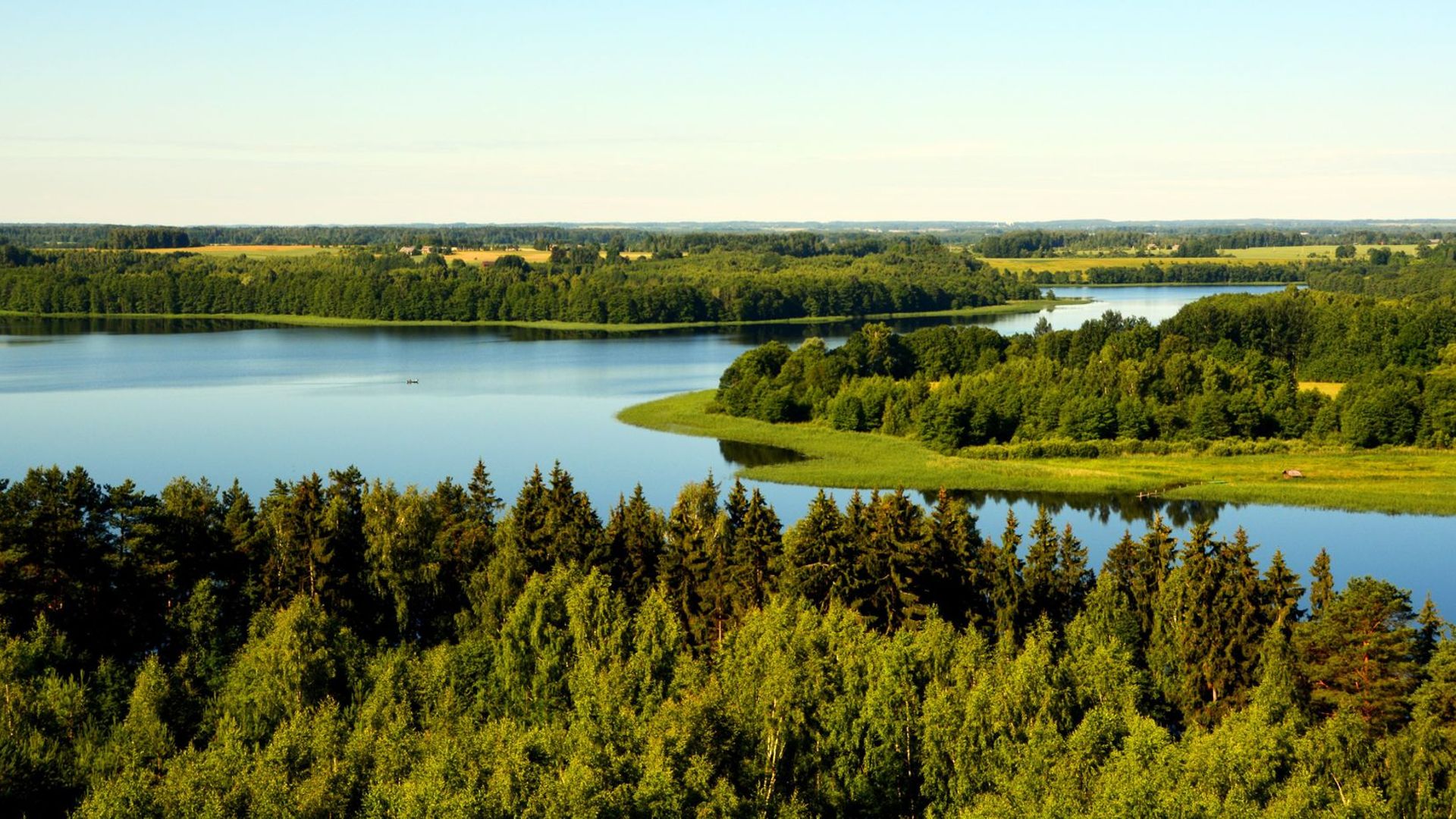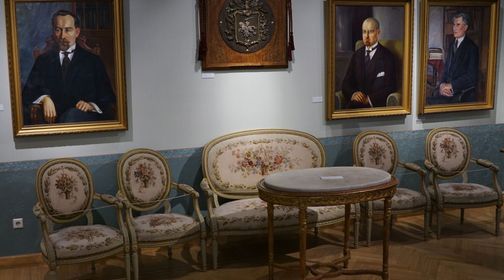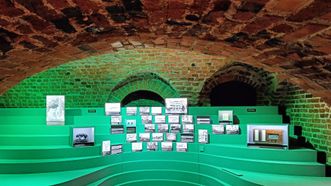
Highlands
1
Photo
© Ingrida Sarkanaitė
1
The name "Aukštaitija" (Highlands) was first mentioned in the Prussian Land Chronicle of Peter of Dusburg around 1294. It appears several times in 14th-century sources. For example, in 1323, the Grand Duke Gediminas' chancellery mentioned Aukštaitija as one of the two main parts of Lithuania (alongside Samogitia). In 1420, the term Aukštaitija was used in a letter by Vytautas, where its meaning was explained as the land that is higher than Samogitia.
Two cities, Utena and Panevėžys, have long competed for the title of the center of Aukštaitija. Utena was first mentioned in historical sources in 1261 and has been the administrative center since the 14th century. This city is known for its strong Aukštaitian identity. Panevėžys, on the other hand, was first mentioned almost 250 years later (in 1503) and became an administrative center in the 16th century. Situated in a convenient geographical location, Panevėžys is one of the largest cities in Northern Lithuania, playing a significant role as a regional center in terms of economy, culture, and education.
The eastern part of the region is renowned for its picturesque landscapes, featuring a large lake district stretching from Zarasai through Ignalina and Molėtai to Dubingiai. The legacy of the Ice Age includes the Aukštaitian Upland with impressive hills, ancient hillforts, and sacred sites, the legendary Labanoras Forest, and other woods, as well as the oldest oak tree in Lithuania, Stelmužė Oak. The western Aukštaitian plateau is intersected by the scenic Šventoji River, flowing through the Anykščiai Pine Forest, Puntukas Rock, and Andrioniškis Forest. From Kaunas to Panevėžys, there are vast plains of the Nevėžis River, which transition in the north into the Mūša-Nemunėlis Plain and further into the Žemgale Plain, which, due to its fertile lands, can be called Lithuania's granary. In the northern border of the region, in the Palatvė area, dolomite formations are exposed, and water dissolving gypsum creates new karst formations in the Pasvalys-Biržai region. The landscape of Western Aukštaitija (located in Central Lithuania) is enriched by the Žalioji and Biržai Forests, among other woods and groves.
Points of interest
3120
Food
904
Accomodation
683
Loading...
©2026 trip.lt





















